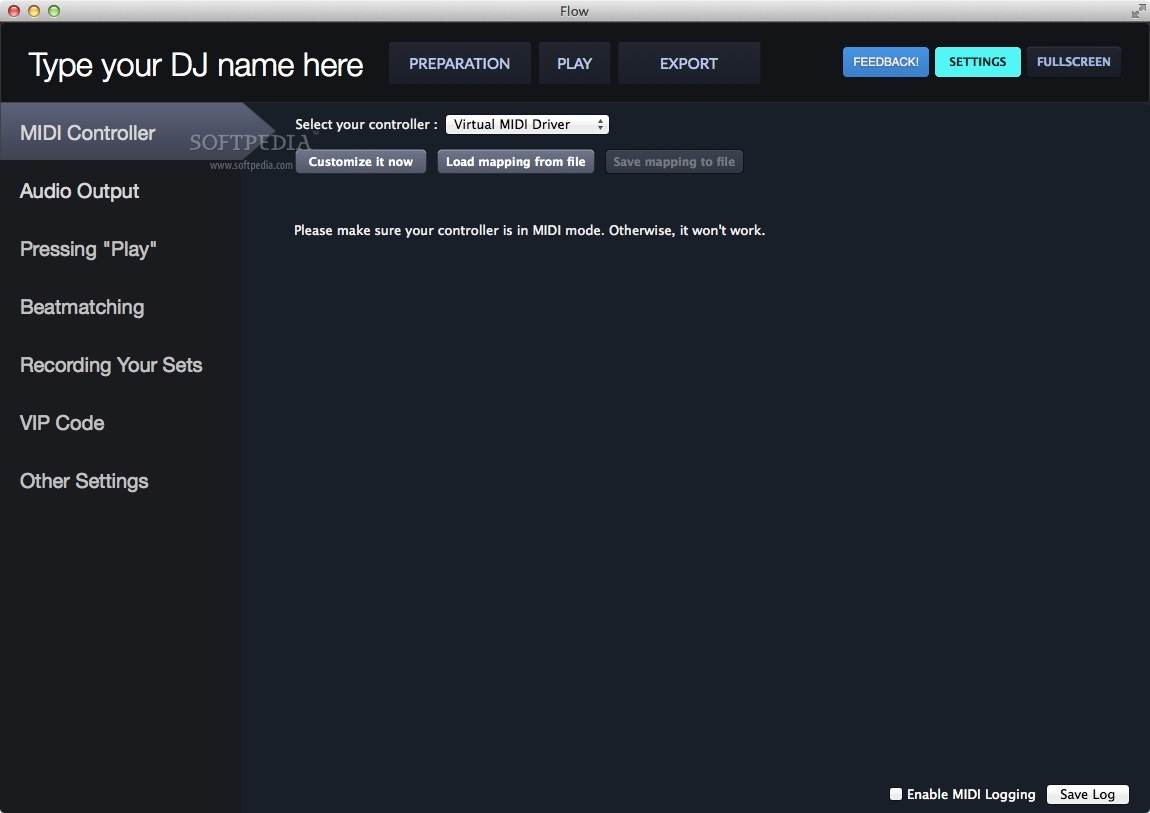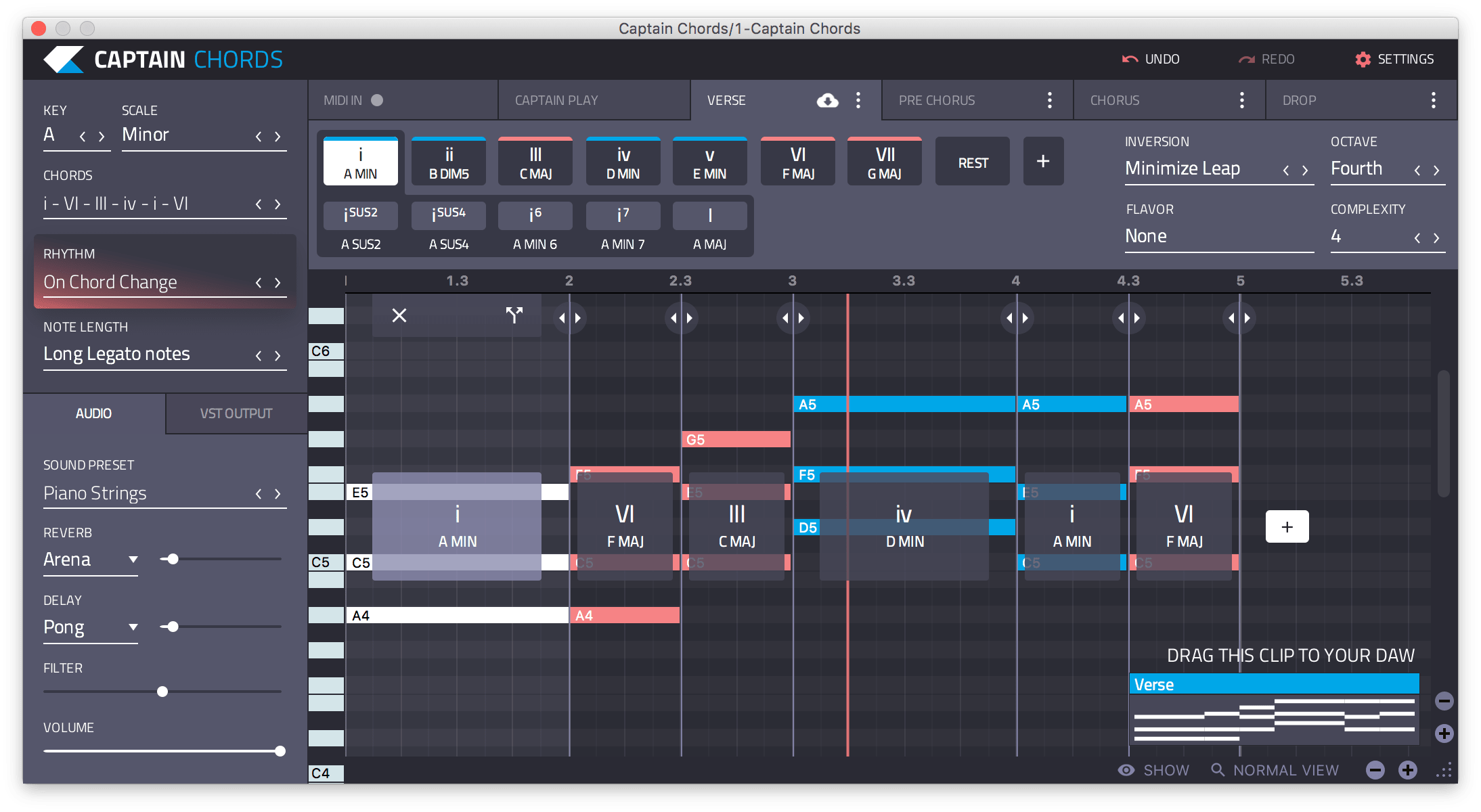

- #MIXED IN KEY CRACKED CRACKED#
- #MIXED IN KEY CRACKED UPDATE#
- #MIXED IN KEY CRACKED FULL#
- #MIXED IN KEY CRACKED PRO#
- #MIXED IN KEY CRACKED SOFTWARE#

Your cylinder head gasket (aka “head gasket”) is the part of your engine that prevents coolant or oil from leaking into one another. Your engine is designed so that there is one system that controls engine oil to lubricate your vehicle and another that manages coolant to keep your car from overheating. If there is oil in your coolant or vice versa, it generally means there is a failure in one or more of your engine’s gaskets or seals. This can cause serious damage to your car, and if you discover it happening, you need to address it immediately.īut first off: how do oil and coolant get mixed together and what exactly can you do about it? Why Is There Oil in My Coolant?
#MIXED IN KEY CRACKED UPDATE#
We’ve reached out to Apple for comment and will update with any response.One of the problems you want to avoid when it comes to your car is having your engine coolant mixing with your oil. Follow standard cybersecurity precautions.Only ever download apps from trusted sources.Include special characters like $%^&*()-+=.Use long passwords – the longer, the better.The main advice is, however, the same for everyone:
#MIXED IN KEY CRACKED PRO#
#MIXED IN KEY CRACKED CRACKED#
The average password length is just six characters, which can be cracked in around 10 hours. In theory, this could still take thousands of years, but most people use relatively short passwords which are vulnerable to dictionary attacks. The process is still slower than usual, at a relatively sedate 15-ish passwords per second. Passware provides a dictionary of the 550,000 most commonly-used passwords (created from various data breaches), along with a larger one of 10 billion passwords. Having defeated this protection, users can then apply the dictionary of their choice. However, 9to5Mac has learned that Passware is now offering an add-on module that can defeat Macs with the T2 chip, apparently by bypassing the features designed to prevent multiple guesses. This is because the Mac password is not stored on the SSD, and the chip limits the number of password attempts that can be made, so you’d instead have to brute-force the decryption key, and that is so long it would take millions of years. Until recently, however, it wasn’t practical to mount brute-force attacks on Macs with a T2 chip. This uses GPU acceleration to achieve brute-force attacks of literally tens of thousands of passwords per second, making it a trivial task to break into these Macs. Passware was already able to crack passwords and decrypt FileVault-protected drives on older Macs without the T2 chip.
#MIXED IN KEY CRACKED FULL#
The UEFI firmware is designed to ensure that when the Full Security policy is in effect, a given signature isn’t just signed by Apple but is signed for this specific Mac, essentially tying that version of macOS to that Mac. The signature given back by the signing server is then unique and usable only by that particular T2 chip.
#MIXED IN KEY CRACKED SOFTWARE#
Here’s how Apple describes the protection:Īt the time that software is downloaded and prepared to install, it is personalised with a signature that includes the Exclusive Chip Identification (ECID) - a unique ID specific to the T2 chip in this case - as part of the signing request. This is similar to FileVault, but even more secure as only the T2 chip can do the decryption – and security features on the chip prevent an attacker from modifying macOS to gain access. The key to T2 security is that the chip contains both an SSD controller and a crypto engine, allowing it to instantly decrypt and encrypt data on the fly. The method used is far slower than conventional password-cracking tools, but although the total time needed could run into thousands of years, that could fall to as little as 10 hours when the Mac owner has used a more typical password… Background: The T2 chipĪpple introduced the T2 security chip in 2018, and it was used to provide a secure boot-up feature to Intel Macs from that year on. A company selling password-cracking tools says that a newly-discovered T2 Mac security vulnerability allows it to crack passwords on these machines, bypassing the lockouts.


 0 kommentar(er)
0 kommentar(er)
